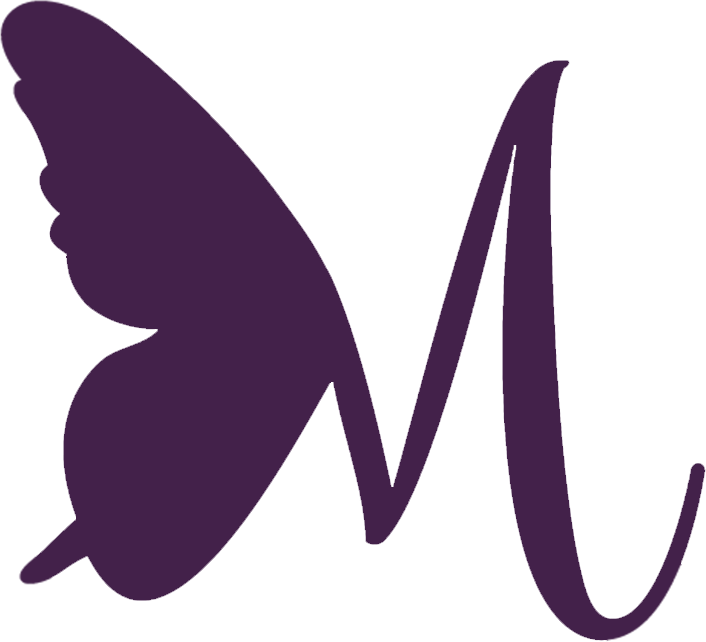Main Content

Male Breast Reduction
At Monarch Plastic Surgery and Skin Renewal Center, we want to help you feel comfortable in your body. While many women associate larger breasts with beauty, for many others, huge breasts cause emotional distress and significant physical discomfort. You might consider a breast reduction if your breasts feel too heavy for your frame or if you have symptoms related to your large breast size. Some symptoms may include back pain, neck pain, shoulder pain, or grooves in your shoulders from bra straps digging in.
During your consultation, we want to understand your surgery goals. We will ask about your desired breast size and shape and anything else related to the appearance of your breasts that you feel is important. This conversation will help your surgeon understand your expectations and determine whether they can realistically be met.
Questions & Answers
Breast reduction surgery removes fat, tissue, and skin from the breasts, reducing their size and changing their shape. The goal of the surgery is to reshape the breasts to be more proportional to the rest of your physique. This surgery is life-enhancing both functionally and aesthetically.
Breast reduction surgery can provide relief from issues caused by large breasts, including:
- Back, neck, and shoulder pain
- Discomfort during exercise and physical activity
- Difficulty finding clothing and bras that fit well
- Skin irritation under the breasts
- Position and size of areolas and nipples
Breast reduction surgery will make your breasts firmer and more uplifted. It will also improve the position of your areolas and nipples, and the size of your areolas will be generally smaller than before the surgery.
You might consider a breast reduction if you have any of the following symptoms:
- Your breasts are too heavy for your frame
- Back pain
- Neck pain
- Shoulder pain
- Grooves in your shoulders from your bra straps
Breast reduction surgery is a delicate surgery. In planning your augmentation, several decisions should be made carefully. Your surgeon and her team will help guide you through these decisions and ensure that you are educated about your breast augmentation journey.
Incision Locations
We make every attempt to minimize scarring on the breasts. Our plastic surgeons will determine the appropriate incision to optimize your results.
- Vertical Pattern Technique (Lollipop-type scar)
This incision is placed in a circle around the areola and then down the center of the breast. This incision pattern may be an option for you if you have less breast tissue that needs to be removed. - Wise Pattern Technique (Anchor-type scar)
For the more considerable breast reductions, you may require a more traditional anchor-type scar, which leaves a scar around the areola, down the center of the breast, and in the natural breast fold where the bottom of the breast meets the chest.
After excess breast skin and tissue are removed, the nipple and areola are shifted to a higher position. The areola, which may have been stretched in a sagging breast, can be made smaller.
The incisions from your breast reduction surgery will heal and fade over time. However, it is important to realize, however, that the incision lines will be permanently visible. In some instances, they will eventually be only faint lines. Some women may have more noticeable incision lines. Fortunately, the incisions for your breast reduction are in locations easily concealed by clothing, even low-cut necklines.
Breast reduction is an outpatient procedure performed with general anesthesia in an operating room. After your surgery, you will be placed in dressings and a bra. You will spend a short time in the recovery room before a friend or family member takes you home, where you should plan to rest for the remainder of the day. Be sure to arrange for someone to drive you home after surgery and to stay with you for at least the first night. We will advise you on pain medication to ease any discomfort, give you detailed post-operative instructions, and schedule a follow-up appointment to check your progress.
It is expected to experience some pain and swelling in the first few days after surgery.
Incisions usually heal between 2 and 3 weeks after surgery. Depending on your work type, you can generally return to work weeks. Initially, you will have some activity restrictions, but most people can return to total activity six weeks after surgery.
You may notice less sensation in the nipple and areola areas. This is usually temporary. It may, however, take weeks, months, or even more than a year before the sensation returns to normal. Your breasts may also require some time to assume a more natural shape. Incisions will initially be red or pink. They should fade and soften over time (up to 18 months after surgery). Final results are usually seen at six months to a year after surgery.
Every patient’s recovery is different. Your recovery may be quicker or take more time than average.
A breast reduction can be performed at any age, but it is usually best to wait to have surgery until breast development has stopped. Pregnancy and breast-feeding may have significant and unpredictable effects on the size and shape of your breasts. Nevertheless, many women decide to undergo breast reduction surgery before having children and feel that they can address any subsequent changes later. Since the nipples are left intact, breast reduction surgery usually will not affect your ability to breast-feed; however, this can never be guaranteed.
If you are planning to lose a significant amount of weight, be sure to tell your surgeon. She may recommend that you stabilize your weight prior to undergoing surgery.
Depending on your age, or if you have a history of breast cancer in your family, we may recommend a baseline mammogram before surgery and future mammographic examinations according to your regular schedule. This will help to detect any future changes in your breast tissue. Following a breast reduction, you will still be able to perform breast self-exams, which you should do monthly. Breast reduction surgery will not increase your risk of developing breast cancer.
If you smoke, you will be asked to stop smoking at least 6 weeks prior to your surgery. Smoking, and a history of smoking, causes significant and specific wound healing problems and can lead to poor scarring.
Unless you gain or lose a significant amount of weight or become pregnant, your new breast shape should remain fairly constant. However, gravity and the effects of aging will eventually alter the size and shape of virtually every woman’s breasts. If you again become dissatisfied with the appearance of your breasts, you may choose to undergo a second breast procedure to restore their more youthful contour and appearance.



